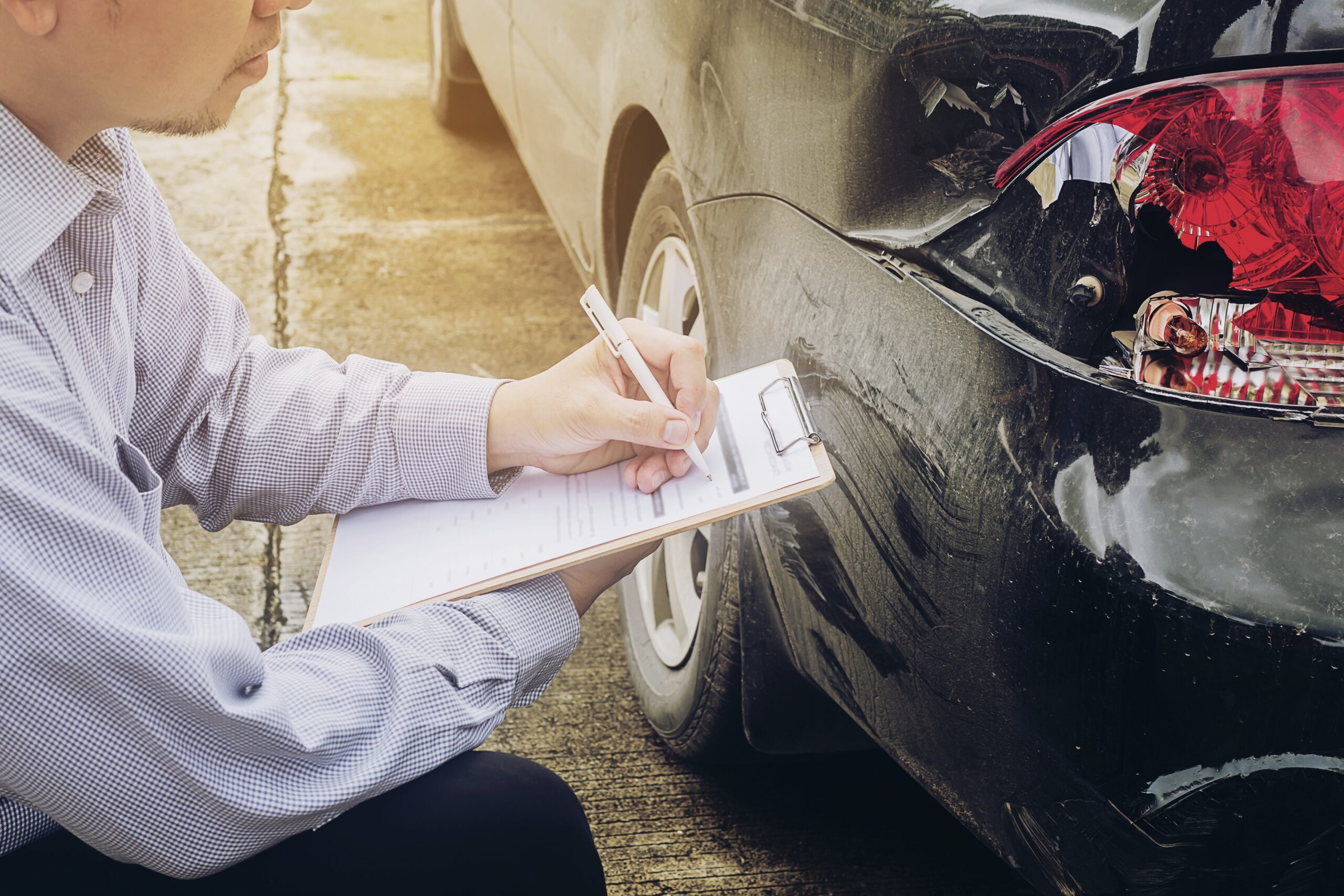Rear collision warning systems are designed to alert drivers to potential hazards and help prevent accidents from occurring. These systems use sensors and cameras to detect objects or vehicles approaching from behind and issue warnings to the driver. However, there may be instances when the rear collision warning lights on the dashboard start to illuminate, indicating a problem with the system. In this article, we will explore some troubleshooting tips to help you address rear collision warning light issues effectively.
- Check Sensor Alignment: The sensors responsible for detecting objects or vehicles approaching from behind can sometimes become misaligned. This can occur due to accidental impacts, debris accumulation, or other factors. Inspect the sensors located on the rear of your vehicle and ensure they are clean and properly aligned. Clean any dirt or debris and adjust the sensor alignment if necessary, following the manufacturer’s instructions.
- Inspect Wiring and Connections: The rear collision warning system relies on a network of wiring and connections to communicate between the sensors and the dashboard warning lights. Faulty or loose connections can cause the warning lights to illuminate. Carefully inspect the wiring harness and connections associated with the rear collision warning system for any signs of damage, corrosion, or loose connections. If any issues are found, repair or replace the affected components as necessary.
- Clear Obstructions: Sometimes, objects or debris can obstruct the sensors or cameras, resulting in false readings and triggering the warning lights. Clean the sensors and cameras located at the rear of your vehicle to ensure they are free from any obstructions, such as dirt, snow, or mud. Additionally, ensure that any rear-mounted accessories, such as bike racks or cargo carriers, do not obstruct the sensors’ field of view.
- Check System Calibration: Rear collision warning systems may require periodic calibration to ensure accurate readings and proper functionality. Consult your vehicle’s owner’s manual or contact the manufacturer to determine if the system requires calibration. If calibration is necessary, it is recommended to have it performed by a qualified technician with the necessary equipment and expertise.
- Check for Faulty Components: In some cases, the rear collision warning lights may be triggered due to faulty components within the system. This could include malfunctioning sensors, cameras, or control modules. If you have checked the wiring, connections, and sensor alignment, and the warning lights persist, it is advisable to seek professional assistance. A qualified technician will have the tools and knowledge to diagnose and repair or replace any faulty components in the rear collision warning system.
- Consult the Owner’s Manual: Each vehicle’s rear collision warning system may have unique features and troubleshooting steps. It is essential to consult your vehicle’s owner’s manual for specific information regarding the system’s operation, maintenance, and troubleshooting. The manual may provide additional tips and guidance to address rear collision warning light issues.
Ensuring the proper functioning of your vehicle’s rear collision warning system is crucial for your safety and the safety of others on the road. By following these troubleshooting tips and seeking professional help when needed, you can address rear collision warning light issues effectively and maintain the integrity of your vehicle’s safety features.











